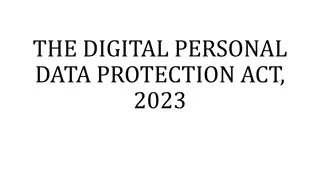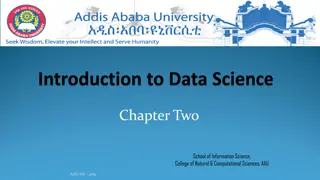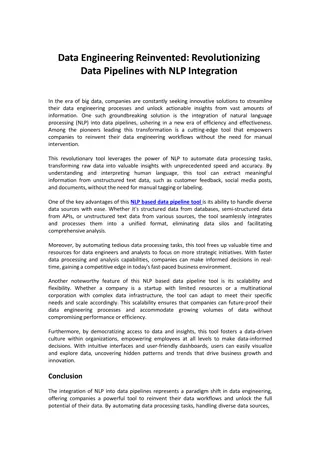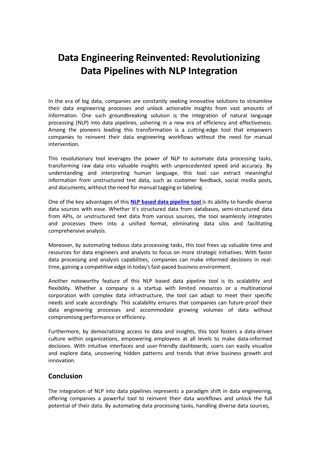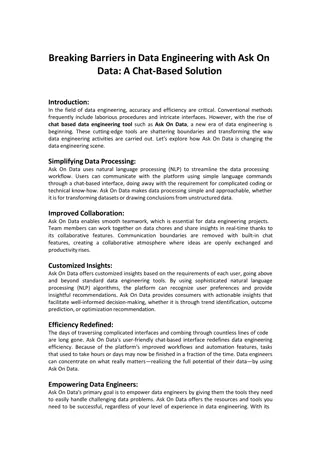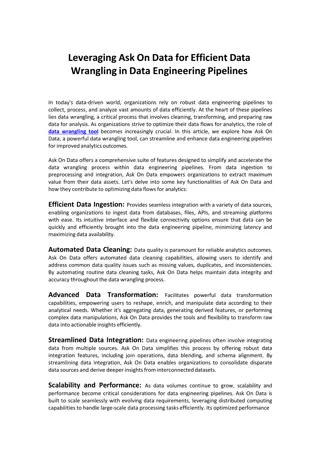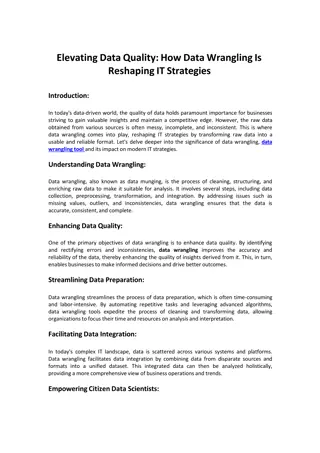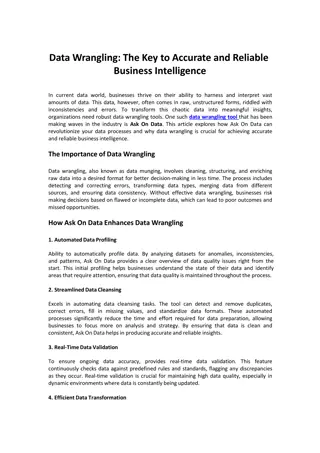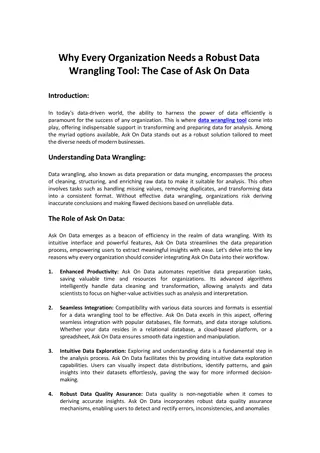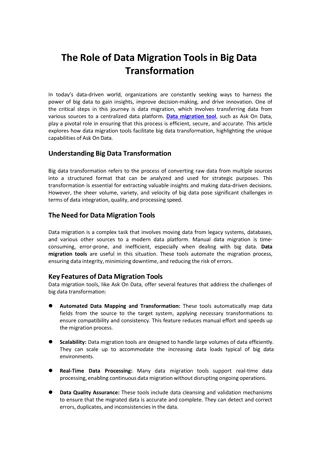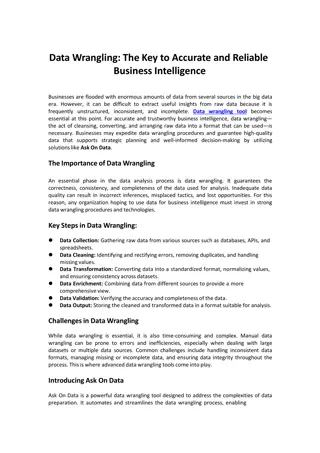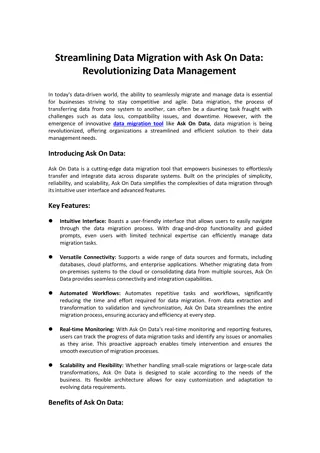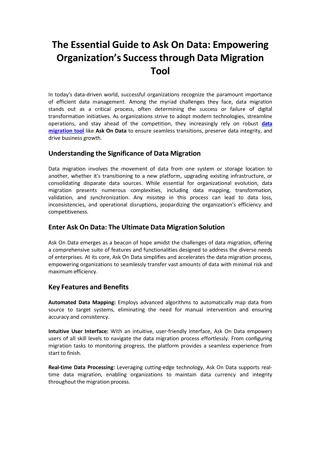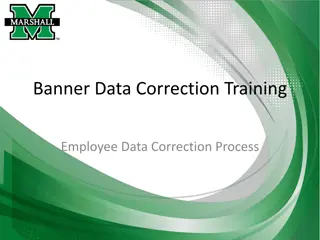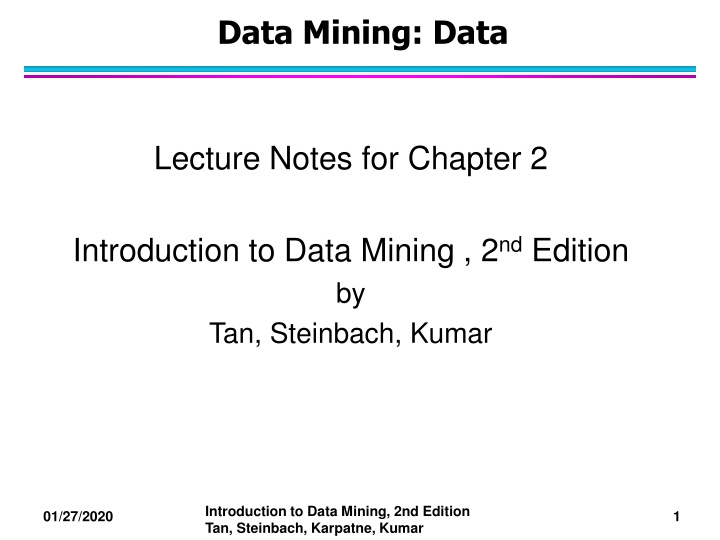
Types and Properties of Data Attributes in Data Mining
Explore the concepts of data attributes in data mining, including types of data, properties of attribute values, and the structure of data objects. Learn about nominal, ordinal, interval, and ratio attributes, and how they impact data analysis and interpretation.
Download Presentation

Please find below an Image/Link to download the presentation.
The content on the website is provided AS IS for your information and personal use only. It may not be sold, licensed, or shared on other websites without obtaining consent from the author. If you encounter any issues during the download, it is possible that the publisher has removed the file from their server.
You are allowed to download the files provided on this website for personal or commercial use, subject to the condition that they are used lawfully. All files are the property of their respective owners.
The content on the website is provided AS IS for your information and personal use only. It may not be sold, licensed, or shared on other websites without obtaining consent from the author.
E N D
Presentation Transcript
Data Mining: Data Lecture Notes for Chapter 2 Introduction to Data Mining , 2nd Edition by Tan, Steinbach, Kumar Introduction to Data Mining, 2nd Edition Tan, Steinbach, Karpatne, Kumar 01/27/2020 1
Outline Attributes and Objects Types of Data Data Quality Similarity and Distance Data Preprocessing Introduction to Data Mining, 2nd Edition Tan, Steinbach, Karpatne, Kumar 01/27/2020 2
What is Data? Attributes Collection of data objects and their attributes An attribute is a property or characteristic of an object Examples: eye color of a person, temperature, etc. Attribute is also known as variable, field, characteristic, dimension, or feature A collection of attributes describe an object Object is also known as record, point, case, sample, entity, or instance Tid Refund Marital Taxable Income Cheat Status 1 Yes Single 125K No 2 No Married 100K No 3 No Single 70K No Objects 4 Yes Married 120K No 5 No Divorced 95K Yes 6 No Married 60K No 7 Yes Divorced 220K No 8 No Single 85K Yes 9 No Married 75K No 10 No Single 90K Yes 10
A More Complete View of Data Data may have parts Attributes (objects) may have relationships with other attributes (objects) More generally, data may have structure Data can be incomplete We will discuss this in more detail later Introduction to Data Mining, 2nd Edition Tan, Steinbach, Karpatne, Kumar 01/27/2020 4
Types of Attributes There are different types of attributes Nominal Examples: ID numbers, eye color, zip codes Ordinal Examples: rankings (e.g., taste of potato chips on a scale from 1-10), grades, height {tall, medium, short} Interval Examples: calendar dates, temperatures in Celsius or Fahrenheit. Ratio Examples: length, time, weight, money, age Introduction to Data Mining, 2nd Edition Tan, Steinbach, Karpatne, Kumar 01/27/2020 5
Properties of Attribute Values The type of an attribute depends on which of the following properties/operations it possesses: Distinctness: = Order: < > Differences are + - meaningful : Ratios are * / meaningful Nominal attribute: distinctness Ordinal attribute: distinctness & order Interval attribute: distinctness, order & meaningful differences Ratio attribute: all 4 properties/operations Introduction to Data Mining, 2nd Edition Tan, Steinbach, Karpatne, Kumar 01/27/2020 6
Discrete and Continuous Attributes Discrete Attribute Has only a finite or countably infinite set of values Examples: zip codes, counts, or the set of words in a collection of documents Often represented as integer variables. Note: binary attributes are a special case of discrete attributes Continuous Attribute Has real numbers as attribute values Examples: temperature, height, or weight. Practically, real values can only be measured and represented using a finite number of digits. Continuous attributes are typically represented as floating- point variables. Introduction to Data Mining, 2nd Edition Tan, Steinbach, Karpatne, Kumar 01/27/2020 7
Types of data sets Record Data Matrix Document Data Transaction Data Graph World Wide Web Molecular Structures Introduction to Data Mining, 2nd Edition Tan, Steinbach, Karpatne, Kumar 01/27/2020 8
Important Characteristics of Data Dimensionality (number of attributes) High dimensional data brings a number of challenges Sparsity Only presence counts Size Type of analysis may depend on size of data Introduction to Data Mining, 2nd Edition Tan, Steinbach, Karpatne, Kumar 01/27/2020 9
Record Data Data that consists of a collection of records, each of which consists of a fixed set of attributes Tid Refund Marital Taxable Income Cheat Status 1 Yes Single 125K No 2 No Married 100K No 3 No Single 70K No 4 Yes Married 120K No 5 No Divorced 95K Yes 6 No Married 60K No 7 Yes Divorced 220K No 8 No Single 85K Yes 9 No Married 75K No 10 No Single 90K Yes 10 Introduction to Data Mining, 2nd Edition Tan, Steinbach, Karpatne, Kumar 01/27/2020 10
Data Matrix If data objects have the same fixed set of numeric attributes, then the data objects can be thought of as points in a multi-dimensional space, where each dimension represents a distinct attribute Such a data set can be represented by an m by n matrix, where there are m rows, one for each object, and n columns, one for each attribute Projection Projection of x Load of x Load Projection of y load of y load Projection Distance Distance Load Load Thickness Thickness 10.23 10.23 5.27 5.27 15.22 15.22 2.7 2.7 1.2 1.2 12.65 12.65 6.25 6.25 16.22 16.22 2.2 2.2 1.1 1.1 Introduction to Data Mining, 2nd Edition Tan, Steinbach, Karpatne, Kumar 01/27/2020 11
Document Data Each document becomes a term vector Each term is a component (attribute) of the vector The value of each component is the number of times the corresponding term occurs in the document. timeout season coach game score play team win ball lost Document 1 3 0 5 0 2 6 0 2 0 2 Document 2 0 7 0 2 1 0 0 3 0 0 Document 3 0 1 0 0 1 2 2 0 3 0 Introduction to Data Mining, 2nd Edition Tan, Steinbach, Karpatne, Kumar 01/27/2020 12
Transaction Data A special type of data, where Each transaction involves a set of items. For example, consider a grocery store. The set of products purchased by a customer during one shopping trip constitute a transaction, while the individual products that were purchased are the items. Can represent transaction data as record data TID 1 2 3 4 5 Items Bread, Coke, Milk Beer, Bread Beer, Coke, Diaper, Milk Beer, Bread, Diaper, Milk Coke, Diaper, Milk Introduction to Data Mining, 2nd Edition Tan, Steinbach, Karpatne, Kumar 01/27/2020 13
Graph Data Examples: Generic graph, a molecule, and webpages 2 1 5 2 5 Benzene Molecule: C6H6 Introduction to Data Mining, 2nd Edition Tan, Steinbach, Karpatne, Kumar 01/27/2020 14
Data Quality Poor data quality negatively affects many data processing efforts The most important point is that poor data quality is an unfolding disaster. Poor data quality costs the typical company at least ten percent (10%) of revenue; twenty percent (20%) is probably a better estimate. Thomas C. Redman, DM Review, August 2004 Introduction to Data Mining, 2nd Edition Tan, Steinbach, Karpatne, Kumar 01/27/2020 15
Data Quality What kinds of data quality problems? How can we detect problems with the data? What can we do about these problems? Examples of data quality problems: Noise and outliers Missing values Duplicate data Wrong data Fake data Introduction to Data Mining, 2nd Edition Tan, Steinbach, Karpatne, Kumar 01/27/2020 16
Noise For objects, noise is an extraneous object For attributes, noise refers to modification of original values Examples: distortion of a person s voice when talking on a poor phone Two Sine Waves Two Sine Waves + Noise Introduction to Data Mining, 2nd Edition Tan, Steinbach, Karpatne, Kumar 01/27/2020 17
Outliers Outliers are data objects with characteristics that are considerably different than most of the other data objects in the data set Case 1: Outliers are noise that interferes with data analysis Case 2: Outliers are the goal of our analysis Credit card fraud Intrusion detection Causes? Introduction to Data Mining, 2nd Edition Tan, Steinbach, Karpatne, Kumar 01/27/2020 18
Missing Values Reasons for missing values Information is not collected (e.g., people decline to give their age and weight) Attributes may not be applicable to all cases (e.g., annual income is not applicable to children) Handling missing values Eliminate data objects or variables Estimate missing values Example: time series of temperature Example: census results Ignore the missing value during analysis Introduction to Data Mining, 2nd Edition Tan, Steinbach, Karpatne, Kumar 01/27/2020 19
Duplicate Data Data set may include data objects that are duplicates, or almost duplicates of one another Major issue when merging data from heterogeneous sources Examples: Same person with multiple email addresses Data cleaning Process of dealing with duplicate data issues Introduction to Data Mining, 2nd Edition Tan, Steinbach, Karpatne, Kumar 01/27/2020 20

